The other big attraction at the northern end of Death Valley is the giant Ubehebe Crater. This huge, steep sided hole in the ground is more than a half mile wide, and some 750 feet deep.
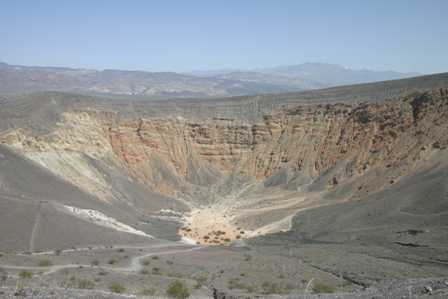
It last erupted about 2,000 years ago, in an explosion so violent the entire mountain is missing.
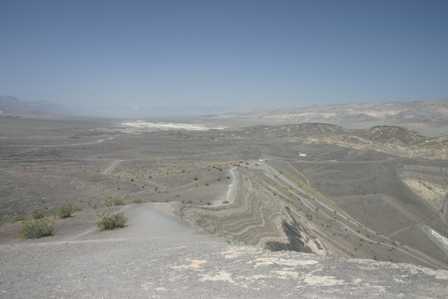
From the parking area, there’s a short, steep trail that will take you to the crater’s upper rim, and if you felt like a longer hike, all the way around. It’s not an easy walk, since the volcanic gravel is deep, and slides out from under your feet as you try to push your way upward.
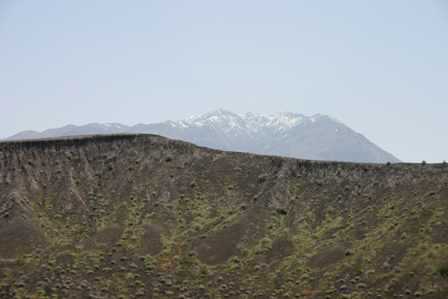
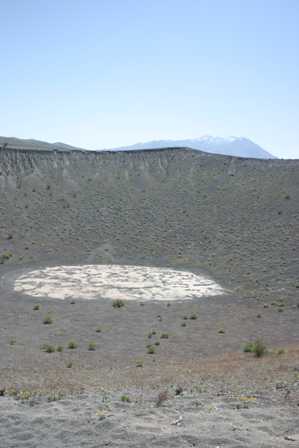
Next to the Ubehebe Crater, you’ll find the Little Hebe crater, just one of about a dozen old volcanoes scattered about the area. As the name suggests, this one is a little smaller than its more famous neighbor.
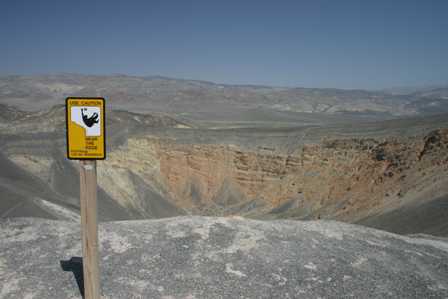
Signs warn of the somewhat obvious risk you take as you approach the edge of Ubehebe Crater. Of course, if you’re not smart enough to realize there’s a steep, 700+ foot drop directly in front of you, you’re probably not bright enough to notice a sign either.
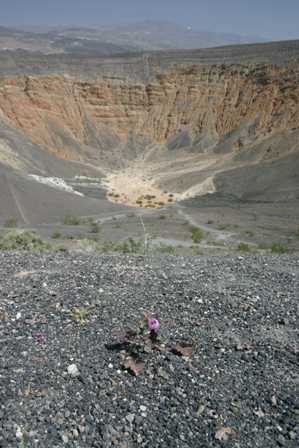
You might find a few wildflowers clinging to the edge of the crater.
Ubehebe Crater was one of the windiest places I visited on my trip. Gusts rush up the edge of the crater and could easily blow you over if you come too close to the edge.
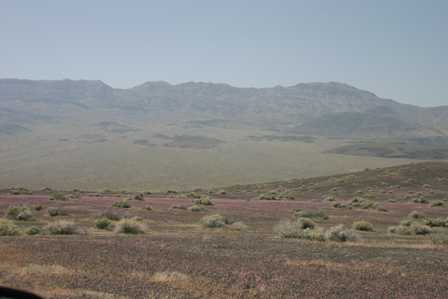
Speaking of wildflowers, the landscape near Ubehebe Crater was carpeted with purple blooms during my visit in April, 2005. This was a display of color unlike any other I found in the park.
Wildflowers – Stovepipe Wells
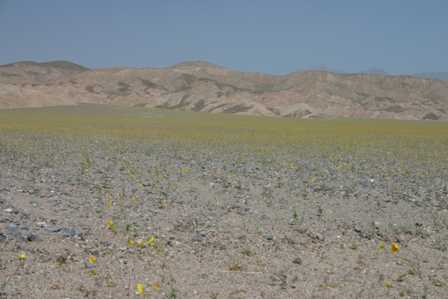
Just north of route 190 (on the road leading to Ubehebe Crater), the 2005 wildflower bloom coated the landscape with a blanket of yellow. Desert Gold flowers are some of the most common during the spring bloom.
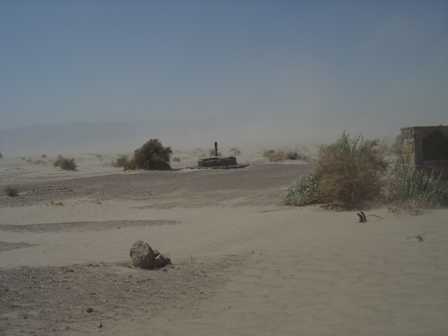
Stovepipe Wells is named after, you guessed it, an old water well. There’s not much to see at the well itself, in fact, the road that takes you there isn’t marked at all. But if it’s on your list of things to see, watch for an unmarked side road that leads into the sand dunes.
During my visit, seeing the well required a drive directly into a sandstorm. Strong winds were lifting a wall of sand hundreds of feet into the air. I didn’t get out of the car, and only rolled down my window for a moment to snap this picture. A fine layer of sand still managed to coat everything inside.
Get back on the main road and head south. When you reach highway 190 turn west. You’re on your way out of Death Valley itself, but there’s still plenty to see in the park. Within the next hour, you’ll climb from below sea level to well above 6,000 feet, for a spectacular view of the salty basin.
Note: This trip was first published in 2005. I spent much more time in Death Valley during the Superbloom of 2016.

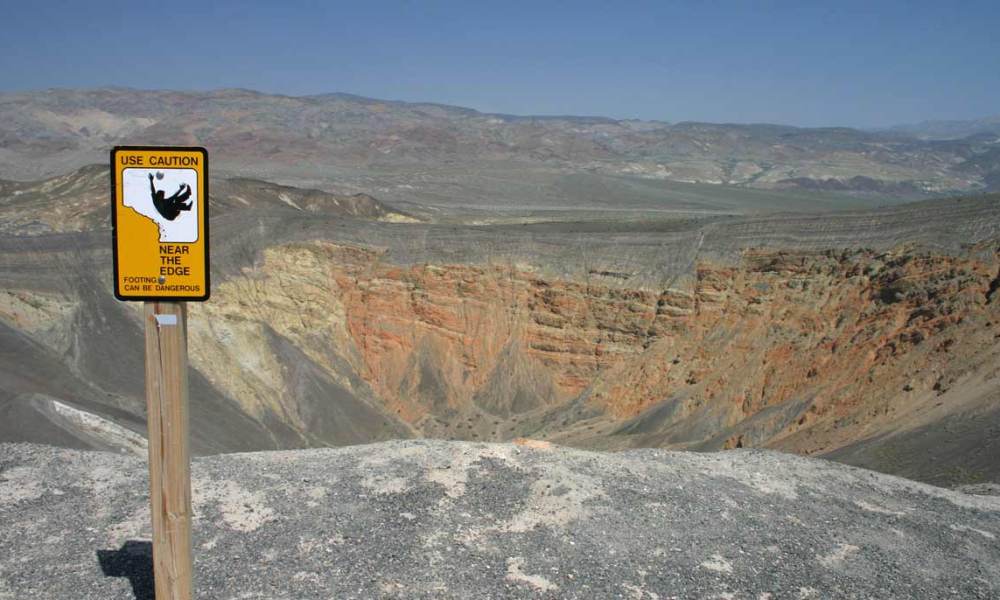


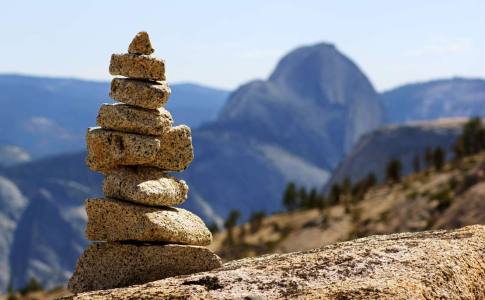
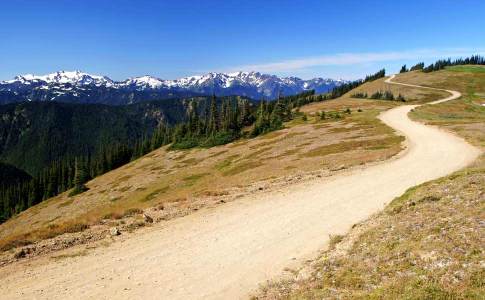
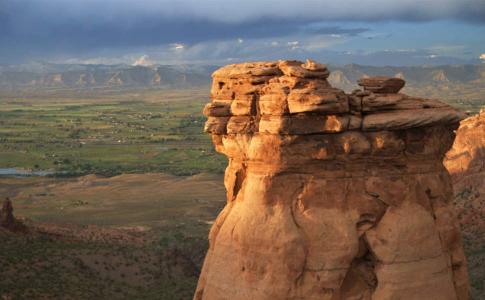
No comments